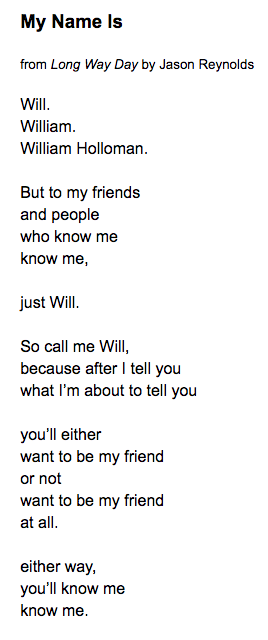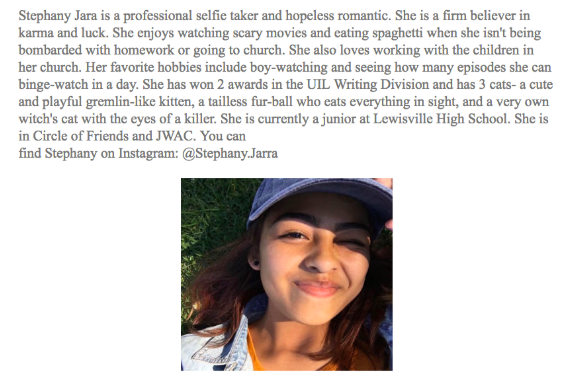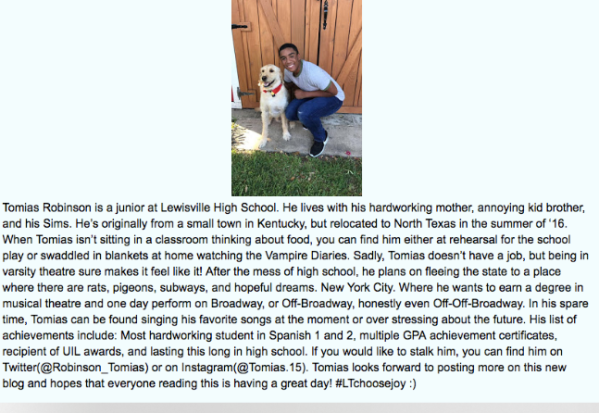A few years ago I stopped reviewing class rules and smacking down my syllabus on the first day of school. I had been doing some research on chronic stress (mostly my own) and read extensively about the fight, flight, freeze response. One description glared at me and gave me pause: “You have a sense of dread.”
I remembered what I had been taught as a first year teacher: Set yourself up as the authority figure. Be kind but firm. Establish norms quickly so students know what you will and will not tolerate in your classroom.
Then, almost in the same breathe, I was told: Develop relationships. Learn students’ names. Let them help develop class rules.
And I muddled through doing a combination of both the best I knew how. Those first few days of my first few years were rocky to say the least. And in hindsight, it’s clear: there was dread. Lots of dread.
So when I read up on the fight, flight, and freeze response, I realized a big part of my problem: With my seemingly simple attempt at outlining classroom expectations and detailing how ‘my class would run, chemicals danced a jig in students’ brains: fight, flight, or freeze. Now, I know my syllabus is not on the scale of major life trauma most often associated with this fff response theory, but many of my juniors and seniors didn’t want to be in school anyway. Why was I compounding it?
I learned a better way.
Wait.
Let every other teacher lay down the law. Lay out their plans. Run through the rules.
On the first day of school — maybe even the first five days of school — just write. And talk. Let students drive the discussion. Let them ask questions. Give them a chance to be seen and heard and welcomed.
“Community before curriculum” Angela wrote in her last post, and I love her thinking there. I also think we can merge the two on the first day of school and lay a firm foundation for thinking and talking every day thereafter. We can jump start community and begin our curriculum as we put pen to the page and write.
Here’s my top five sources that beg a response and invite students to write on the first day of school (or at least the first week or so):
- To This Day by Shane Koyczan.
Give every student a notecard and ask them to watch and listen and then respond to the poem as a whole or to a line they particularly like or relate to. (I’ve learned some pretty heavy stuff from students over the years. So many of them can relate to the themes in this poem.)
- How poetry can help kids turn a fear of literature into love by Jason Reynolds on PBS.
Give every student a sticky note and ask them to think about their reading lives. Then after they listen to Mr. Reynolds talk about reading, ask students to rate themselves. Are they readers eager for the pit bulls or for the puppies? Why? (I quickly find who my readers are and with whom I need to take on the challenge of helping them want to read.) Then for a little more of a challenge, on the flip side of the sticky, ask them to describe in poetic form their feelings about poetry. (You’ll learn even more.)
- Possibilities by Wislawa Szymborska. Or the version here where Amanda Palmer reads the poem.
Give every student a copy of the poem. Then read the poem aloud and ask students to write their own list of possibilities. Their list can be straightforward, funny, or interesting things they want the class to know. (I wrote about how I used this poem to practice imitation a couple of years ago. It’s a great lesson and a great poem to revisit.)
- Three poems:
“My Name Is,” an excerpt from Jason Reynolds’ book Long Way Down. (If you haven’t read this book, oh, my goodness. It’s amazing!)

“Instructions” by Rudy Francisco.

“Like You” by Roque Dalton, translated by Jack Hirschman
Give students copies of all three poems and a notecard or piece of paper. Read them aloud. Ask students to read them again and then to write a response. They can respond to just one of the poems, a line from a poem, or anything the poems make them think or feel. There is no right or wrong. Just write your thinking. (This is always an interesting response, and it tells me a lot about how to help my students. Many of them will begin to write an analysis of one of the poems — or all three. Others understand that I am asking for a different kind of thinking, one that leads them into ideas for their own poems, stories, or essays.)
- Author Bios!
Give students access to books that have clever, witty, or interesting author bios. YA authors like Julie Murphy, Jeff Zentner, Chris Crutcher, Libba Bray, and Gina Damico are great ones, but there are many with a bit of quirk that will draw students in and spark their interest in reading these author’s books. Ask students to explore the author bios and then make a list of the books they think they’d like to explore this semester. Have them write the author’s names on sticky notes for you to put in your conferring notes.
If you want to take this author bio idea further — (this is my favorite):
Read several professional author bios aloud. Ask students what information is shared and make a T-chart that lists the what on the left, e.g., name, personal hobbies, awards won, where the author lives, who the author lives with, etc. Then, ask students to describe how this information is shared and add these craft moves to the right. This is the how. For example, short and sometimes incomplete sentences, lists, 3rd person, the author’s name is first, witty word choice, etc. Finally, ask students to write their own author bio while you write yours as a model. Encourage them to try to craft their bio to include ideas from both the what and the how side of the T-chart. Below are two of my students’ bios from this past year.


(The author bio idea is Lisa’s baby, and she wrote about it here after I wrote about it here. It’s still the best idea I have ever heard to begin students on their journey into developing their identities as readers and as writers. I’ve used this idea in a model lesson for every workshop I’ve facilitated this summer, so if you were there, feel free to share the author bio you wrote this summer in the comments. My newest one is below.)
I wish you happy reading and writing with your students this year. Please share your go to ideas for inviting students to write and build your community.
Amy Rasmussen loves books, pretending to garden, adolescents, and coconut cream pie — not necessarily in that order. She lives in North Texas with her dashing husband of 33 years, their twin-terror Shelties Mac and Des, and a not so loving love bird named Colonel Brandon. Amy spent the summer leading professional development in several districts across Texas and has grown especially fond of the Houston area. If only she could move… Follow her on Twitter @amyrass — and if you are not already, please follow this blog.
Tagged: back to school, community building, low-stakes writing, Poetry, quickwrites, relationships, writing prompts

[…] grow over time, since I’ve had the privilege of reading their writing. When Amy wrote about beating the dread, and when Lisa wrote about settling into summer, I read beyond the “I agree” part of my […]
LikeLike
[…] was both relieved and inspired by Amy’s post on ways to “avoid the dread” and make the opening day or days of our reading-writing […]
LikeLike
The prompt for this comment section asks: What are you thinking? I am thinking about the vitality of this blog and how it continues to change who I am as a human being and an educator. With each new idea, each new resource (and your resources–your lists and your suggested reads and these poems–are absolute gold)–with each mistake and each classroom anecdote I feel illuminated. Thank you for all of the time you pour into this space. I visit here often. It is not unlike my favorite aunt’s house where as a child I’d visit, each room held a shock of yellow and my childhood eyes were in constant awe. Thank you. Thank you. Thank you.
LikeLike
Amazing post per usual Amy. As I head into my 5th year of retirement, I’ll continue volunteering in a Pre/K/T/1st school. The very wise enlightened teacher does just this with “our” 4,5,6 year olds. May your new year be splendiferous. Please know I look forward to these posts.
LikeLike
I want to be in your class…
LikeLike